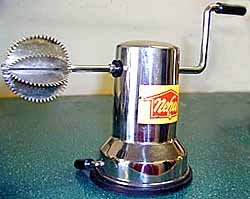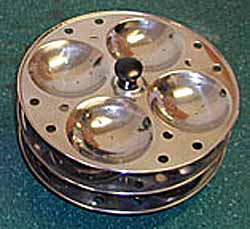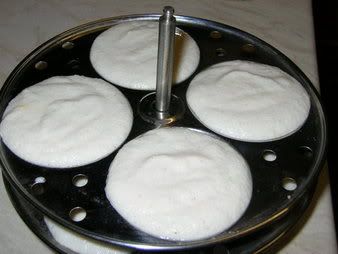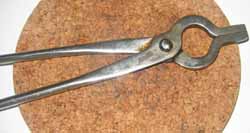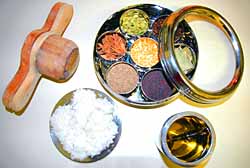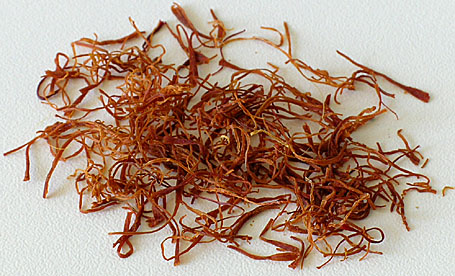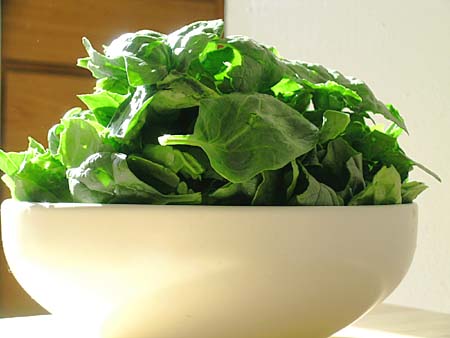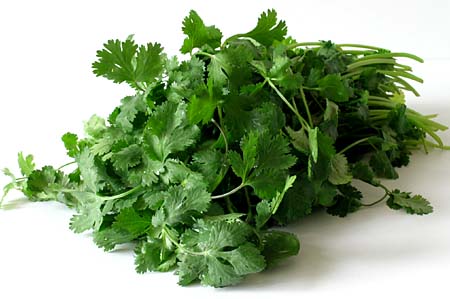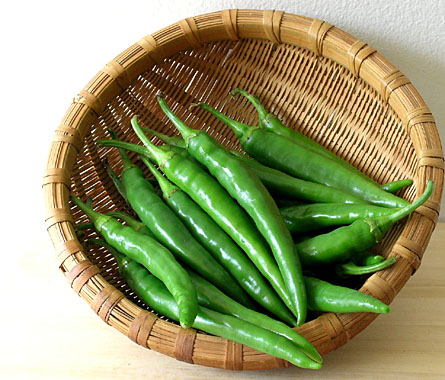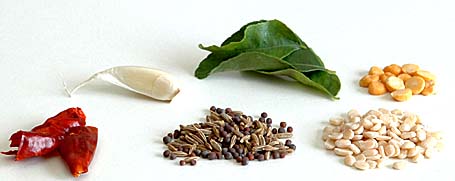
Popu rescues the dals and the curries from ‘bland’ hell. Simple technique, but it saves and uplifts them to spicy heaven. Almost all types of curries, chutneys, lentil preparations like dals, sambhars and rasams are enhanced by the addition of popu at the start or just before serving. The most common ingredients of popu or tadka are
1. Dried red chilli pieces (Endu Mirchi)
2. Garlic (Vellulli)
3. Curry leaves (Karivepaku)
4. Chana dal (Bengal gram, Sanaga pappu)
5. Urad dal (Black gram, Minapa pappu)
6. Mixture of Mustard seeds and Cumin (Avaalu+jeelakarra)
(listed according to arrangement in the photo above)
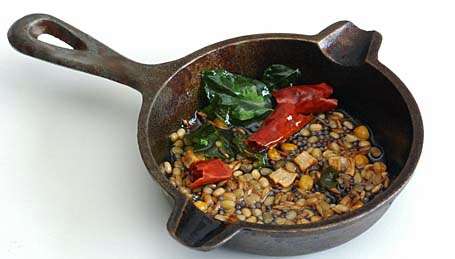
Popu or tadka (tiragamata) is toasting the listed ingredients in oil or ghee. Take oil or ghee in a small pan. The quantity ranges from a teaspoon to tablespoon for dals, sambars and curries. Heat to warm. Quickly add and toast curry leaves, dried red chilli pieces, garlic, chana dal and urad dal to red color. At the end add cumin and mustard seeds. When seeds start to pop, turn off the heat. Add the contents of the pan to the preparation. The quantity of above ingredients are usually a pinch, a dash, just few pieces and not much. All of them have excellent health benefits and popu or tadka provides a neat way to have them regularly through our meals. Multi vitamin pill everyday.
There are certain foods and occasions, where we avoid adding garlic. Examples are chitrannam (lemon rice),pulihora (tamarind rice) and daddojanam (yogurt rice) etc.
Fenugreek seeds (menthi),
hing or asafetida,
black peppercorn (miriyalu)
are also part of popu or tadka, but they are only added in a few, specific recipes.
To store all the ingredients of popu or tadka, every Indian kitchen has a spice box conveniently placed at hands reach in a kitchen drawer. And every Indian cook has her own way of arranging the ingredients in Popu dabba (spice box). Placing them all in separate little containers in one big box is not only convenient, but also saves lot of time by making the cooking little bit easy.
This is how I arrange my spice box:
So, do you own a spice box? How do you arrange your spice box?
Many Indian grocery stores carry ‘Spice Box’ or ‘Masala Dabba’. Depending on the box and containers size, the price varies from 10 to 20 dollars.
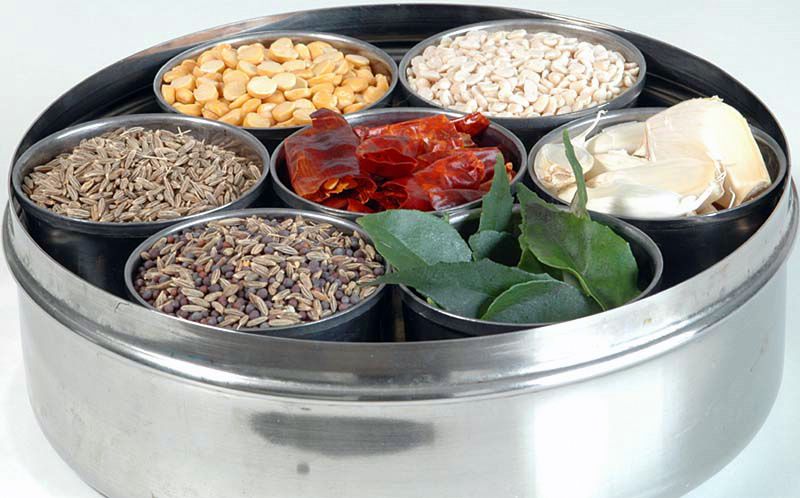
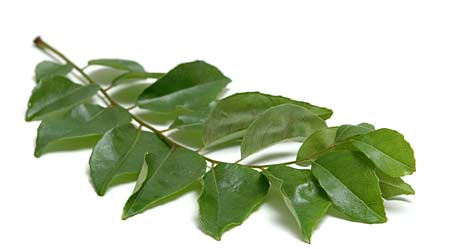
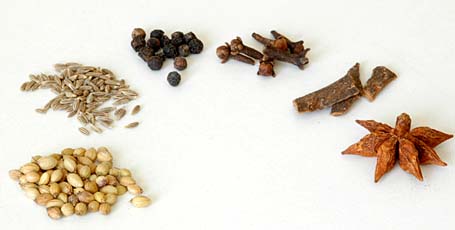
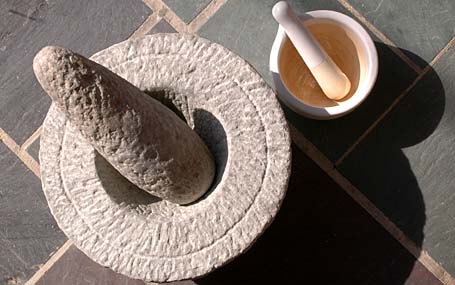
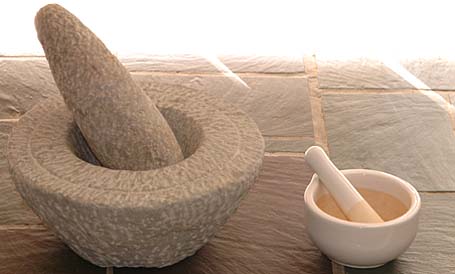
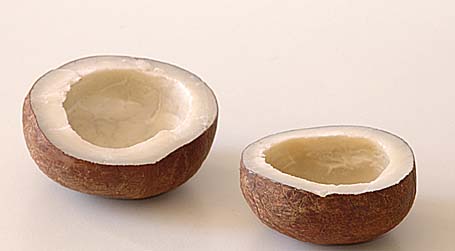
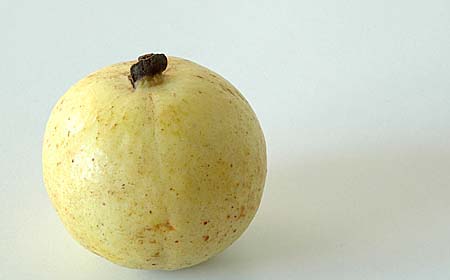
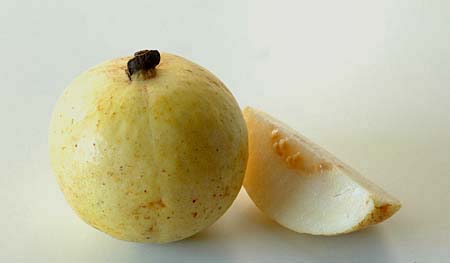
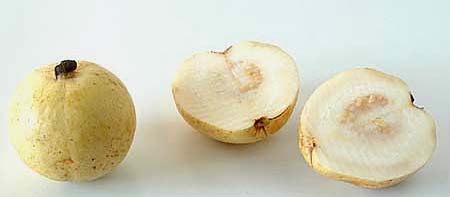
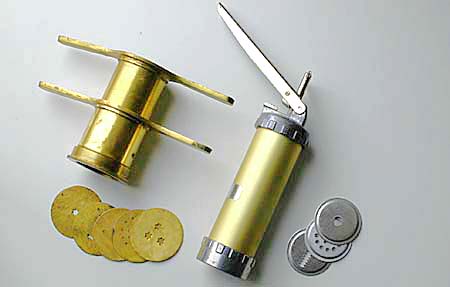
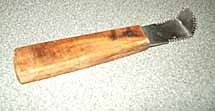
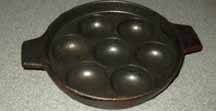
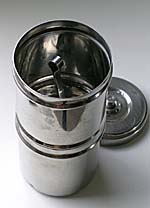
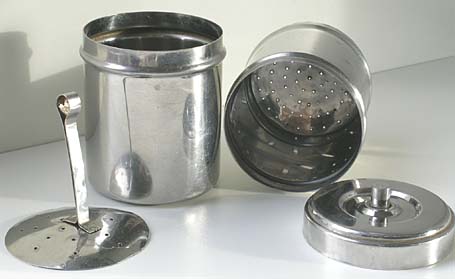
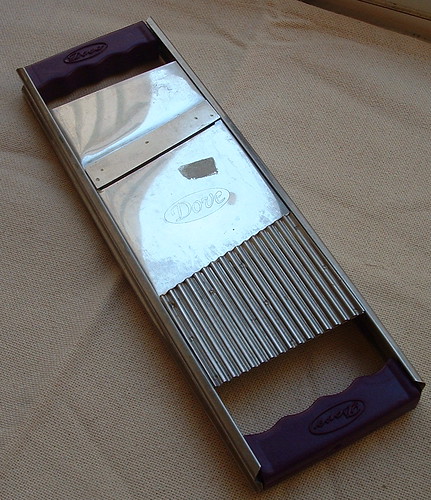 From
From 